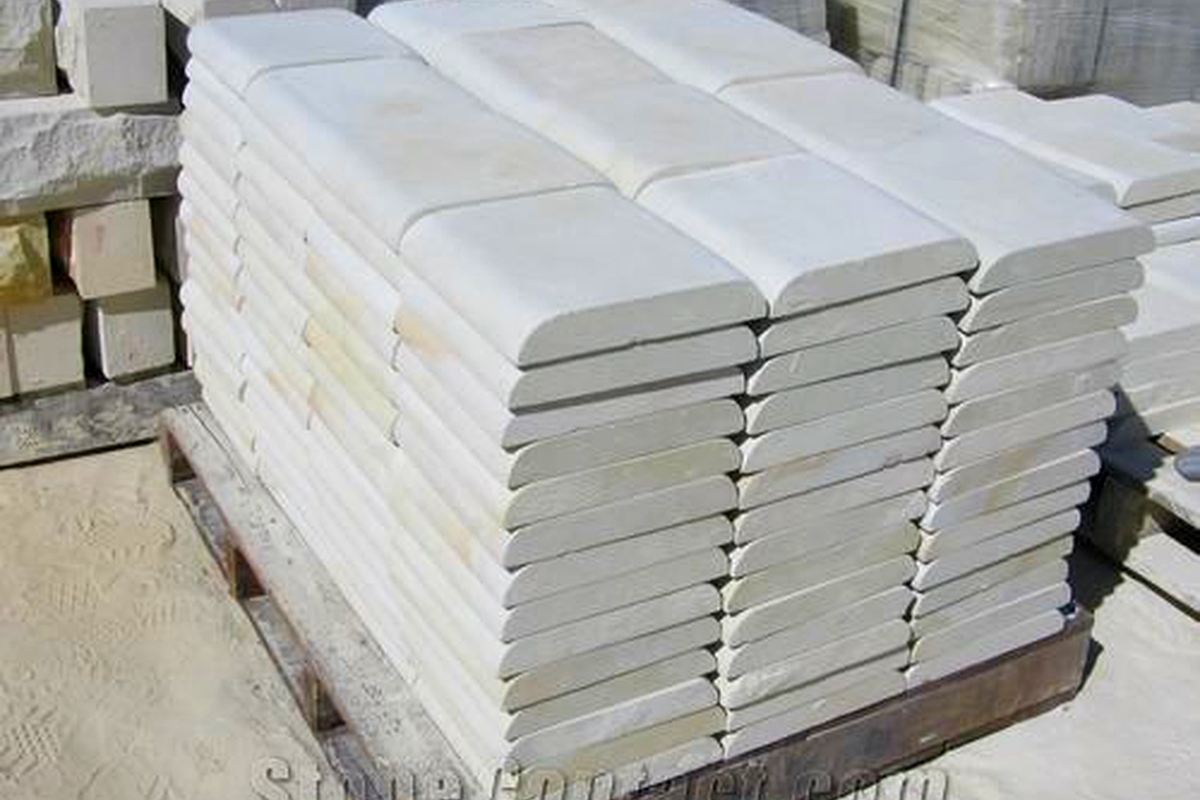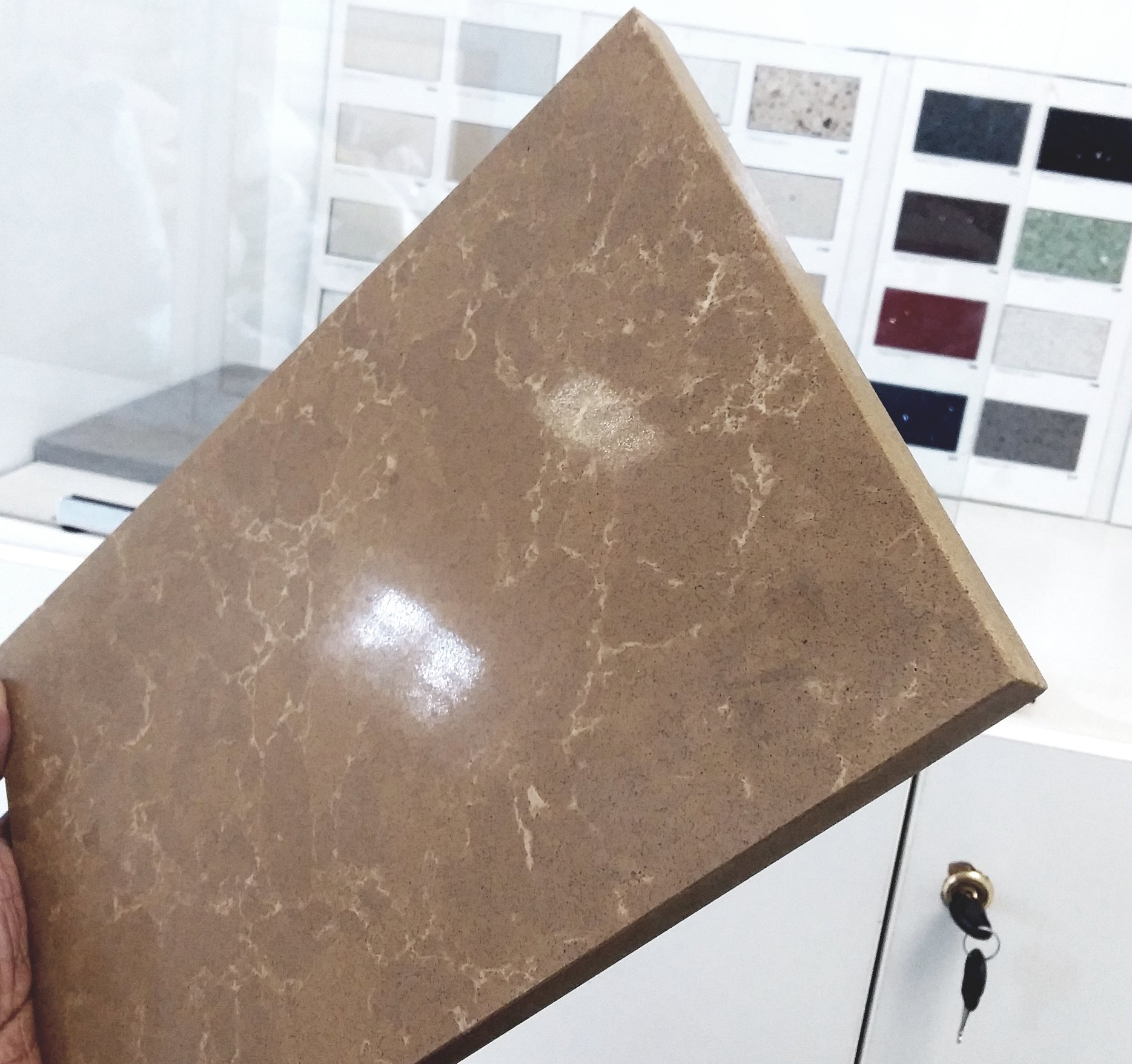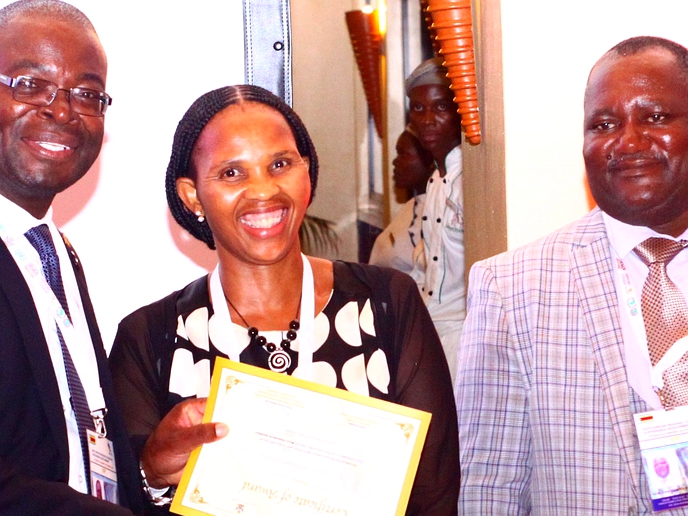NUL Innovation Hub scientists make tiles from Lesotho stones When they hit the markets, these will be some of the best and high-quality floor tiles you will see. Even more important, the tiles are made from Lesotho’s popular stones. These stones are first broken into their pieces so they become sand.
business
Dec. 19, 2020
NUL INNOVATION HUB
4 min read
Tiles made from Lesotho’s popular stones

Lesia Matlali, one of the National University of Lesotho (NUL) Innovation Hub scientists
“The sand is then used to make the tiles in a very complex process,” said Lesia Matlali, one of the National University of Lesotho (NUL) Innovation Hub scientists working on the development of these amazing products fully funded by Lesotho Funeral Services (LFS).
Sit and listen to the story of the amazing tiles.
You are probably used to ceramic tiles, aren’t you? In Lesotho those tiles are popularly known as “liseramiki.” Many people don’t know what “liseramiki” are made of. Actually, they are made of clay. Ya! Highly refined clay is cooked in temperatures that can total 1200 °C. Now that temperature is out of this world but that’s how you get your “liseramiki.” If it feels hot when temperatures are at 33 °C here in Lesotho, you ain’t know nothing yet. Ceramics are made in temperatures that are 36 times hotter!
So when these guys decided to make tiles, they had a choice.
They could either pursue the making of ceramics; or they could make stone tiles. The problem in such cases, is not the abundance of raw materials. As you already know, we have both a plenty of clay and a plenty of stones in Lesotho. In fact, there is so much high quality clay in Mafeteng, a ceramic firm once existed there.
“But we chose stone,” Matlali said.
That is because Matlali and Co did not want to spend so much energy cooking clay to temperatures that are so high. “You don’t get to 1200 °C by chance,” Lesia said. “You have to burn a lot of oil or coal to do it.”
But that’s not the only problem. Of course burning oil is not only expensive, the burning process will release carbon dioxide to the atmosphere to ensure that even the entire earth is burning itself to its death.
The main problem is that ceramics are becoming dead boring! Of course the ceramic world has done its best to be “innovative,” coming up with such interesting tiles like the ever shining, scratch-resistant porcelain.
“But the fact remains,” Lesia said, “ceramics in general will bore you to death!”
And there is no alternative. When you visit hardware, it’s ceramics, more ceramics, always ceramics.
“That’s where we are going to chip in and disrupt the tiling industry,” he threatened. Some in the market are beginning to learn not to take such threats for granted anymore.
So how are the tiles developed?

Tile made from Lesotho stone
Enjoy our daily newsletter from today
Access exclusive newsletters, along with previews of new media releases.
It starts with the stones we have here in Lesotho. You may not be aware but Lesotho has prominent two different forms of sandstones. The first kind is called Leseru sandstone.
Apparently, the city of Maseru got its name from this stone. The stone is exposed in several parts of the city.
The second form of the stone is simply known as Lekokoaneng sandstone (lejoe la Lekokoaneng) because of its prevalence and mining in the area of Lekokoaneng.
Geologically, the Leseru sandstone comes from the Molteno formation. Lekoakaneng sandstone comes from the Clarens formation (named after the nearby farming town of Clarens in the Free State in South Africa).
Apparently, Molteno was formed between 237–228 million years ago when Lesotho was extremely wet. Clarens followed (after Elliot formation, of course) less than 190–182 million years ago when Lesotho was a dead desert.
Probably, none of us have grandfathers that old!
“Our interest is in the Leseru sandstone, mainly because it has relatively large quartz particles and the stone itself is easy to break,” Lesia said. Leseru stone, as compared to Lekokoaneng stone, has relatively large shiny particles. Those particles are called quartz. Quartz is one of the hardest materials on earth. In fact, it so hard that it is only beaten by diamond, corundum and topaz minerals.
So these guys take and break the stones to their individual quartz sand particles. They then use the sand particles to build tiles using a process that mixes vacuum, vibration and compression. The idea is to concentrate the quartz particles so close even as they bind them together with suitable binders. The result is hard material which resists scratching due to quartz surfaces.
Another stone is dolerite (semphuroane).
It is commonly used for making roads and grey cement bricks in the lowlands of Lesotho. Although it is not as hard as quartz - it is still good enough. Due to its extensive use in making roads and bricks, the stone comes already crushed by several companies in Lesotho, ready for the scientists to use as they wish.
[Join Phuthalichaba, the future bank of the people by the NUL Innovation Hub here: www.phuthalichaba.com]






